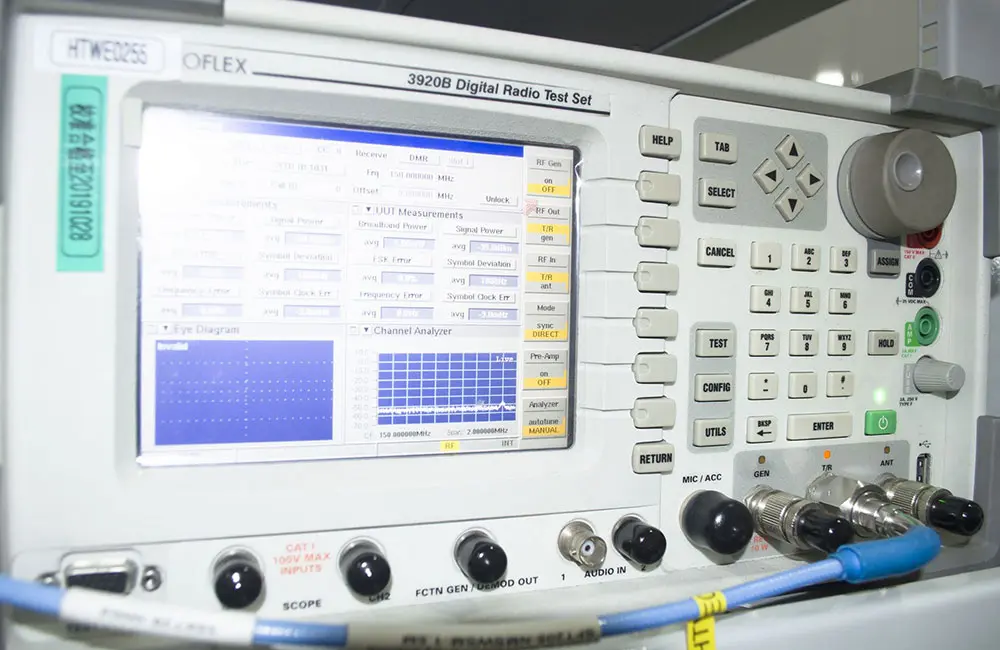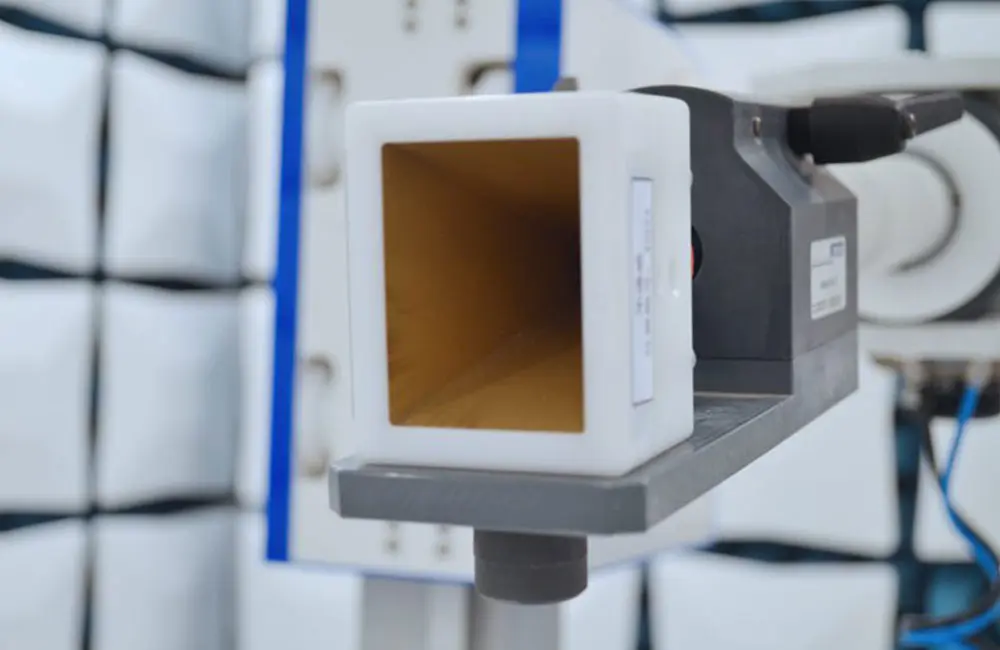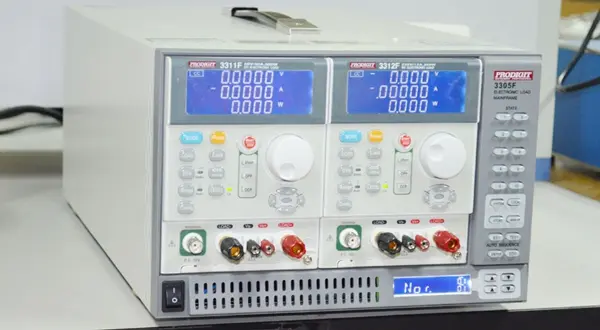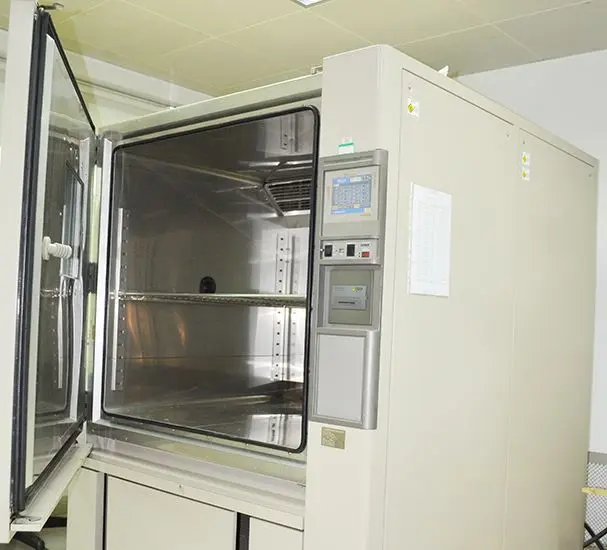
UL, CSA, ETL, and CE: The Meaning of the Marks
If you look at the back panel of electronic products like displays, you'll see certification marks or labels such as UL, CSA, ETL, or CE. What do these certification marks mean?
Basically, these marks are equivalent to a seal of approval. Products with these marks comply with stringent standards for electrical safety and electromagnetic radiation. The full names of these acronyms are as follows:
- UL: Underwriters Laboratories
- CSA: Canadian Standards Association
- ETL: Originally a mark from ETL Testing Laboratories, now from Intertek Testing Services.
- CE: Conformité Européenne (European Conformity)
Let's delve deeper into each organization:
UL (Underwriters Laboratories)
Operating for over a century, Underwriters Laboratories is an independent, non-profit organization focused on writing safety standards, testing products, and certifying them. UL has established over 800 safety standards, and millions of products and their components have been tested to UL safety standards. The UL website is http://www.ul.com. For information on UL standards, visit http://ulstandardsinfonet.ul.com.
Examples of UL standards:
- UL 1492: Audio/visual products and accessories
- UL 1419: Professional audio/visual equipment
- UL 1581: Reference standard for electrical wires, cables, and flexible cords
- UL 1411: Transformers and motor transformers for audio, radio, and television-type appliances
- UL 6500: Standard for audio/video and musical instrument apparatus for household, commercial, and similar general use
A product certified by UL indicates it has passed UL's rigorous tests for electrical safety. For example, if the chassis of a device is grounded to the round pin on the power cord, in the event of a short circuit, the current will go to the building’s safety ground rather than to a person touching the device’s chassis.
CSA (Canadian Standards Association)
The Canadian Standards Association is a non-profit association serving commercial, industrial, governmental, and consumer sectors in Canada and global markets. CSA develops standards to enhance public safety. As a nationally recognized testing laboratory, CSA is well-versed in US requirements. According to OSHA regulations, the CSA-US mark qualifies as an equivalent to the UL mark.
Some areas coveRED by CSA standards:
- Canadian Electrical Code, Part III - Outside wiring
- Electrical engineering standards
- Electromagnetic compatibility
Example: C108.8: Limits and methods of measurement of electromagnetic radiation
ETL (Intertek Testing Services)
The ETL mark can be an alternative to the CSA and UL marks. ETL Testing Laboratories have been conducting electrical performance and reliability tests since 1896. Intertek Testing Services (ITS) acquired ETL in 1996 from Inchcape. ITS is an OSHA-recognized Nationally Recognized Testing Laboratory (NRTL), a list that also includes UL, CSA, and several other independent organizations. ITS tests products against nearly 200 safety and performance standards. If products comply with nationally recognized standards (such as ANSI, IEC, UL, and CSA), the ETL and C-ETL marks are accepted throughout the US and Canada.
This certification mark indicates that the product has been tested and meets the minimum requirements of the widely accepted US product safety standards. The manufacturing site has been audited, and the applicant has agreed to periodic follow-up inspections to verify continued compliance.
If the mark includes the small letters "US" and/or "C," it follows the product safety standards of the United States and/or Canada, respectively.
CE (Conformité Européenne)
The European Commission describes the CE mark as a “passport” that allows manufacturers to circulate industrial products freely within the internal market of the EU. The CE mark indicates that a product meets EU health, safety, and environmental requirements, ensuring safety for consumers and workplaces. All manufacturers, both within the EU and abroad, must affix the CE mark to products covered by the "New Approach" directives to sell their products in the European market. Once a product receives the CE mark, it can be marketed throughout the EU without further modifications.
A crucial document related to CE is the Declaration of Conformity (D.O.C.). This is a document signed by company officials stating that the equipment complies with the directive's requirements. The D.O.C. must include a list of any standards used to demonstrate compliance. You can often find the D.O.C. included with certain products, either as a separate document or as a chapter in the user manual.
A product with a CE mark ensures it does not emit excessive radiation (MICrowave or RF) and is not overly sensitive to absorbing radiation.
Examples of tests electronic equipment must pass to obtain the CE mark:
- EN 55103-1:1995: Electromagnetic compatibility - Product family standard for audio, video, audio-visual, and entertainment lighting control apparatus for professional use, Part 1: Emission
- en 61000-3-2:1995+A14:2000: Limits for harmonic current emissions (equipment input current ≤ 16 A per phase)
- EN 61000-3-3:1995: Limits for voltage fluctuations and flicker in low-voltage supply systems, rated current ≤ 16 A
- EN 55103-2:1996: Electromagnetic compatibility - Product family standard for audio, video, audio-visual, and entertainment lighting control apparatus for professional use, Part 2: Immunity
- EN 61000-4-2:1995: Immunity to electrostatic discharge (Environment E2 - Standard B, 4 kV contact discharge, 8 kV air discharge)
- en 60065:1998: Safety requirements - Audio, video, and similar electronic apparatus
In summary, certification marks on products ensure they meet stringent standards for electrical safety and electromagnetic radiation. They do not pose an electric shock hazard (except as indicated on the product or in the manual) and will not cause electromagnetic interference beyond a specified distance. You can use the product with confidence.
Email:hello@jjrlab.com
Write your message here and send it to us
 LED Lighting EMC Testing Service
LED Lighting EMC Testing Service
 EU REACH Compliance Testing Services
EU REACH Compliance Testing Services
 Electronic and Electrical Reliability Testing Serv
Electronic and Electrical Reliability Testing Serv
 Electronic & Electrical Safety Compliance Test
Electronic & Electrical Safety Compliance Test
 Shenzhen Electronic Electromagnetic Compatibility
Shenzhen Electronic Electromagnetic Compatibility
 How to Test IP68 Rating
How to Test IP68 Rating
 Differences Between FDA and LFGB for Food Contact
Differences Between FDA and LFGB for Food Contact
 Process and Precautions for Amazon CPC Certificate
Process and Precautions for Amazon CPC Certificate
Leave us a message
24-hour online customer service at any time to respond, so that you worry!




